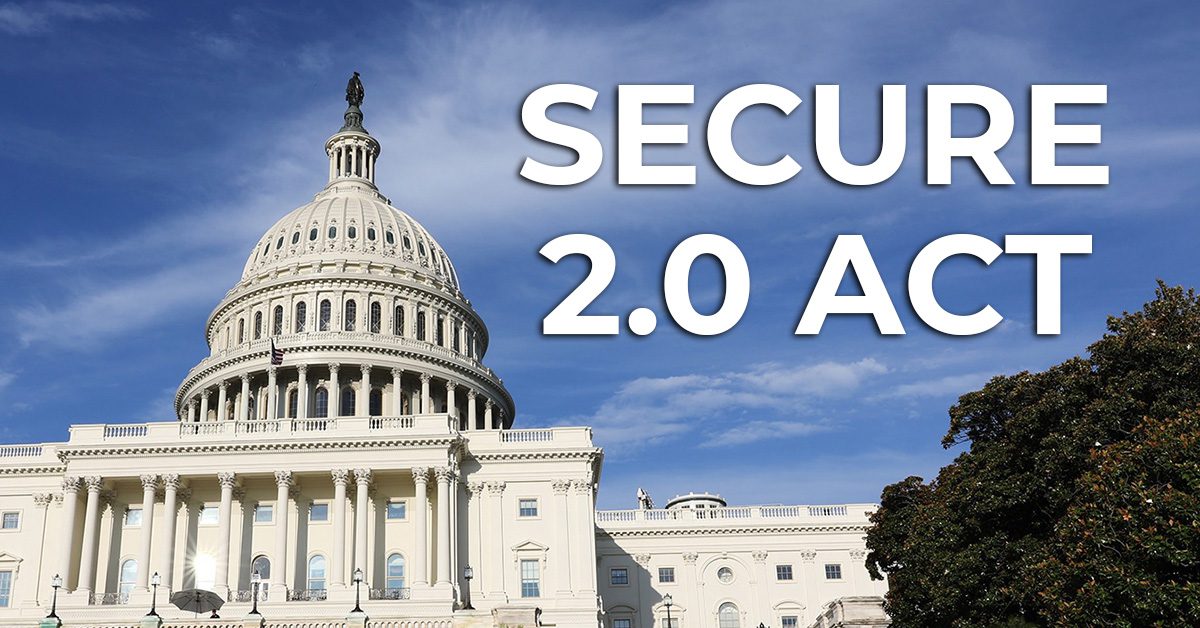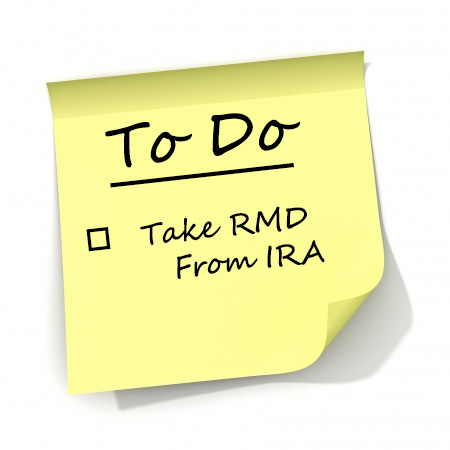IRS Waives Penalties for Some Missed RMDs on Inherited IRAs

We’ve written a good deal about changes to the rules governing required minimum distributions (RMDs) for inherited IRAs consequent to the Setting Every Community Up for Retirement Enhancement Act (SECURE Act), signed into law in December of 2019 and effective January 1, 2020, and the SECURE 2.0 Act, enacted in December of 2022 and effective January 1, 2023.
However, the new rules, especially following SECURE 2.0’s changes, have caused a great deal of confusion, leading to the IRS waiving penalties for certain missed RMDs from inherited IRAs for 2023. Last month, the IRS extended this waiver through 2024.
Why? And what does it mean? Read on!
The SECURE Act:
 Eliminated the “stretch” rule on inherited IRAs, via which the beneficiary of an inherited IRA could take RMDs over the course of their lifetime, for all but a small list of “eligible designated beneficiaries.” These beneficiaries include:
Eliminated the “stretch” rule on inherited IRAs, via which the beneficiary of an inherited IRA could take RMDs over the course of their lifetime, for all but a small list of “eligible designated beneficiaries.” These beneficiaries include:
- The deceased account owner’s spouse.
- A disabled beneficiary.
- A chronically ill beneficiary.
- A beneficiary not more than 10 years younger than the deceased account owner.
- A minor beneficiary who is the child of the deceased account owner.
Any other beneficiaries are considered “non-eligible designated beneficiaries.” This category includes children of the deceased account owner once they reach majority.
Non-eligible designated beneficiaries of inherited IRAs must take full distribution of all inherited IRA funds within 10 years.
The SECURE Act also raised the age at which RMDs must be taken by the account owner from 70½ to 72.
SECURE 2.0:
 Further raised the age at which RMDs must be taken by an IRA owner to 73 (for those who turn 72 after December 31, 2022) as of 2023, rising to 75 in 2033 for those who turn 74 after December 31, 2032.
Further raised the age at which RMDs must be taken by an IRA owner to 73 (for those who turn 72 after December 31, 2022) as of 2023, rising to 75 in 2033 for those who turn 74 after December 31, 2032.
Cut in half the penalty for RMDs not taken – from 50% of the RMD, not taken, which the SECURE Act left unchanged, to 25%. For account owners, the penalty can drop to 10% if the full RMD is ultimately taken and an amended tax return for the applicable year is filed in a timely manner.
Confusion:
 These changes were significant; many account owners as well as beneficiaries of inherited IRAs were confused as to when they had to begin taking RMDs.
These changes were significant; many account owners as well as beneficiaries of inherited IRAs were confused as to when they had to begin taking RMDs.
The IRS was asked for “transition relief” as account owners, beneficiaries, and their advisors adjusted to and planned for the changes – and the IRS granted some relief, waiving the 50% or 25% penalty on certain missed RMDs for 2021, 2022, 2023, and now, 2024.
In fact, in some cases, when penalties have already been paid, a refund of the penalty may be applied for.
But the tricky part is – which missed RMDs are eligible for penalty relief?
It Depends . . .
 At present, the IRS says its rules governing RMDs under the SECURE Act and SECURE 2.0 will be fully effective January 1, 2025.
At present, the IRS says its rules governing RMDs under the SECURE Act and SECURE 2.0 will be fully effective January 1, 2025.
Some considerations regarding penalty relief eligibility are:
- Whether the account owner took distributions as RMDs under age rules which had been superseded by the SECURE Act and/or SECURE 2.0.
- Concerning inherited IRAs, when the IRA was inherited, and for which tax year(s) an RMD or RMDs were not taken, may make a difference as to eligibility for penalty relief.
How Can You Protect Yourself?
 You could just take your RMDs – whether you are the account owner or their beneficiary. But should you?
You could just take your RMDs – whether you are the account owner or their beneficiary. But should you?
We strongly recommend consulting closely with your virtual CFO or other tax advisor to determine how best to proceed, S/he is abreast of developments and can help you cut through any confusion as to what RMDs should be taken, and when.
We invite you to consult with us – at RFG, we’ve been in the tax, tax planning, and estate planning business a very long time, and would love to set your mind at rest.
Please click here to email us directly – we are always here to help!
Until next time –
Peace,
Eric
For more of our coverage on RMDs, the Secure Act, and SECURE 2.0, see:
How the Secure Act Changed Retirement Plans
The Ins and Outs of RMDs – Explained
The End of the Stretch IRA – and Ways to Compensate
IRS Proposes Changes to the New 10-Year Payout Rule on Inherited IRAS
